Twenty-five years ago this week, in the early hours of January 17, 1991, the remarkable Persian Gulf War political coalition assembled, and led by U.S. President George H. W. Bush, moved "from Shield to Storm."
The "Shield" was Operation Desert Shield, code name for the hastily organized political and military response to Saddam Hussein's August 2, 1990 invasion and annexation of oil-rich Kuwait. The "Storm" was, of course, Operation Desert Storm.
The code names were apt professional poetry A shield is a defensive armament designed to block enemy blows and buy time for a counter strike. Desert Shield was defensive. It bought time to create a productive political coalition and build up coalition forces in the Persian Gulf region.
Desert Storm evokes a violent, horizon-dominating sandstorm -- definitely apt for combat in Arabia. It also has a classic military reference. To take a fortification "by storm" means to seize it by swift, ferocious assault.
Desert Storm was indeed swift and ferocious, first in the air and then on the ground. However, it was also politically calculated. Though Desert Storm may have appeared militarily unlimited on television, Desert Storm was part of a limited war. The Persian Gulf War was waged to achieve intentionally limited objectives. Toppling Saddam was never part of the deal made by the 34 nations in the coalition. If he fell, so be it. If a bomb hit a command bunker with the dictator, well, he shouldn't have sacked Kuwait.
Yes, 34 for real war fighting partners, with the U.S., Saudi Arabia, Britain and France key participants. Though their motivations for joining varied -- Saddam's invasion crossed cultural, geopolitical and economic red lines -- coalition members agreed to participate in operations to liberate Kuwait. Bush's Aug. 5, 1990 promise became the coalition's diplomatic glue: "This will not stand. This will not stand, this aggression against Kuwait."
Recommended
Desert Storm was the organized and synchronized offensive military punch that would fulfill Bush's promise.
The air war that began January 17, 1991 was a media. Spectacular media. A CNN news crew in a Baghdad hotel provided live video of the U.S.-led air attacks in and around Iraq's capital. A cameraman filmed a series of explosions that left flickering arcs of light along the horizon. Later in the day, officers in Riyadh and the Pentagon said coalition aircraft were systematically destroying the Iraqi air defenses ringing the city.
Iraq responded by shelling coalition troops in Saudi Arabia and firing Scud ballistic missiles at Saudi Arabia and Israel. Saddam bet an Israeli counter-attack would force Arab coalition members to quit. The Bush Administration kept Israel from retaliating, thwarting Saddam.
On January 29, three under-strength Iraqi armored divisions launched a ground attack on the Saudi border town of Kafji. Air attacks had battered the Iraqi divisions. U.S. Marines, Saudis and Qataris defended the Kafji area. One Iraqi armored column managed to fight its way into Kafji. On February 1, a Saudi-Qatari counter-attack re-took it.
"The 100 Hour Ground War" is a public relations fiction. Battles like Kafji, the 1st Cavalry Division's probes along the Saudi-Kuwait border and numerous Special Forces actions occurred before February 24, 1991, the "official start" of Desert Storm's ground phase. But on that day, two U.S. Marine divisions backed by a U.S. Army tank brigade attacked north from Saudi Arabia. U.S. Army VII Corps, led by the 2nd Armored Cavalry Regiment, attacked west of Kuwait. Shaken Iraqi soldiers surrendered en masse. On February 28, President Bush deemed Kuwait liberated and declared a ceasefire. Not everyone got the word. On March 2, U.S. forces fought an Iraqi Republican Guard unit in a still-controversial battle.
Desert Storm will be remembered as a spectacular demonstration of U.S. Cold War-era military capabilities used in a regional conventional war. Historians may conclude that Bush's artful leadership of the diverse coalition was The Persian Gulf War's most remarkable war fighting achievement.

















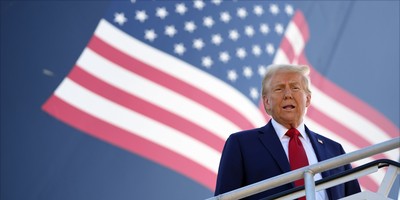

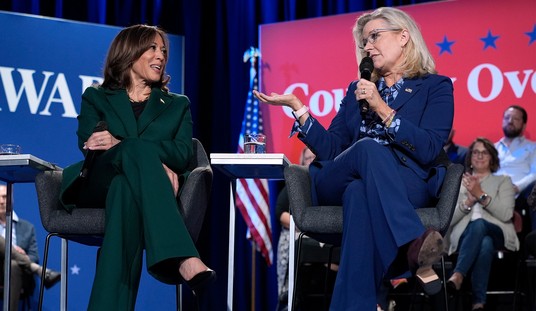
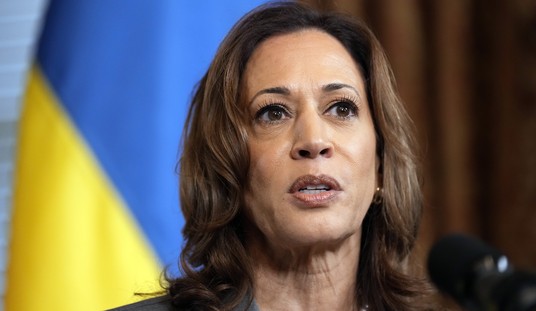
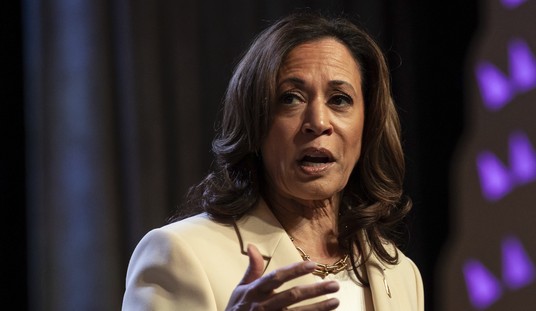

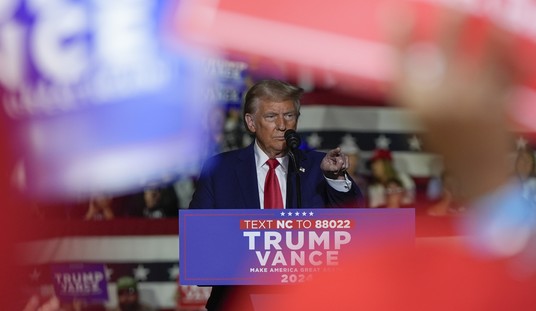
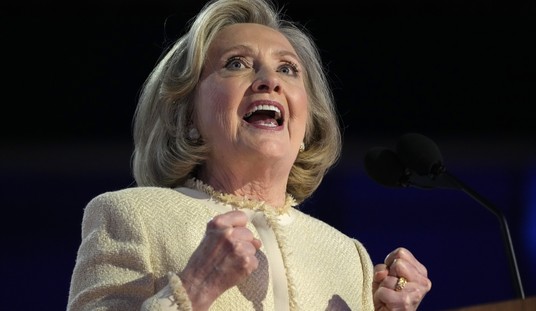
Join the conversation as a VIP Member